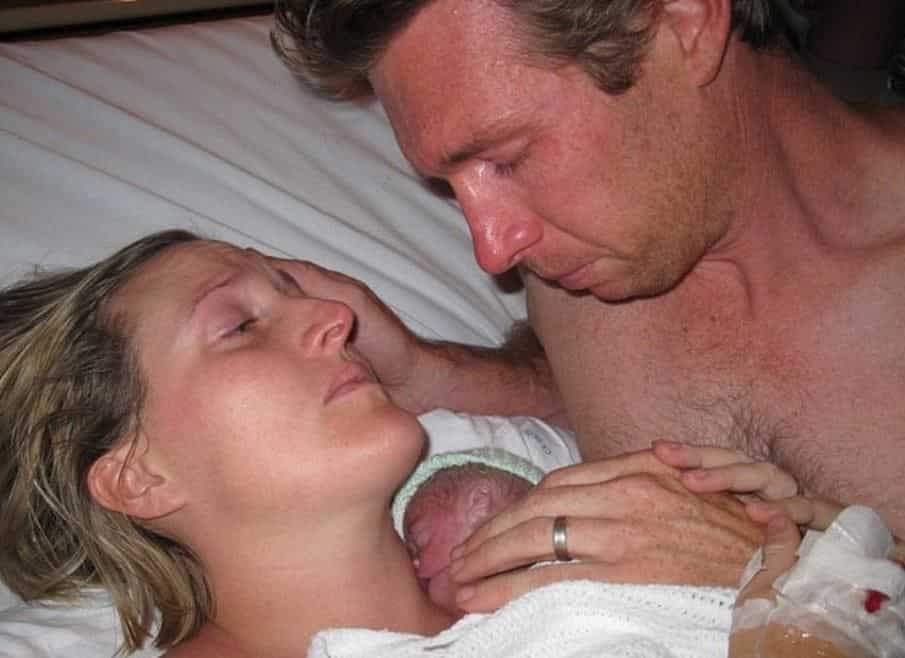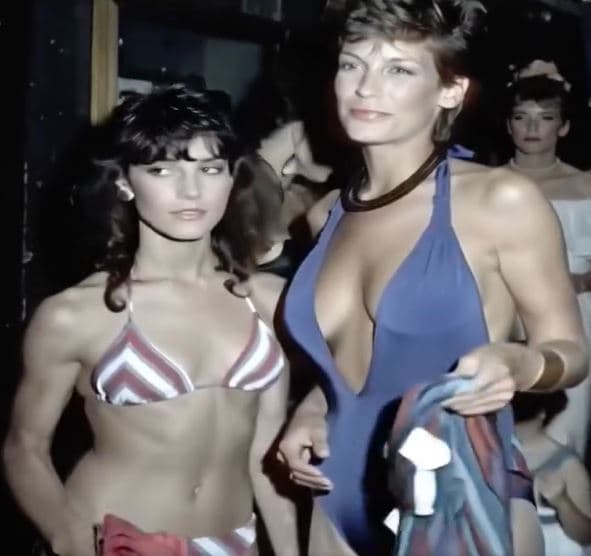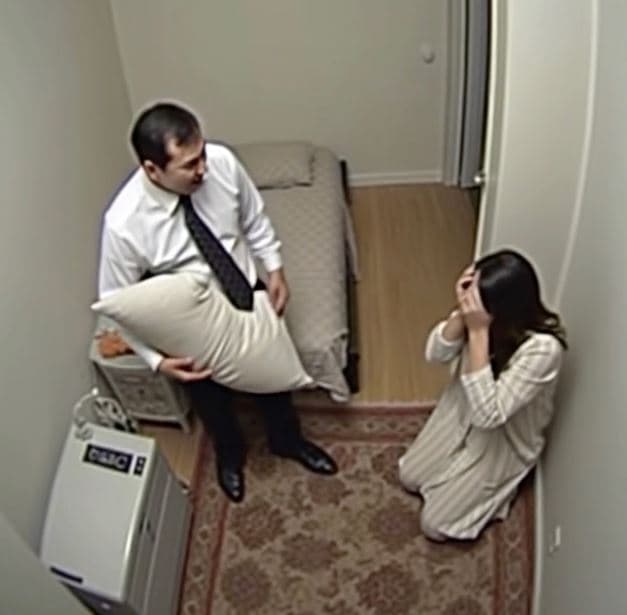Melania Trump Modeling Career Resurfaces on Russian TV After Trump’s Reelection
Melania Trump’s modeling career has resurfaced in global headlines after Russian state television aired images from her early days in fashion shortly after Donald Trump’s 2024 reelection. The unusual broadcast reignited international discussions about her past in the modeling industry, her role as First Lady, and how the media chooses to portray spouses of world leaders.
ADS 1
This renewed focus highlights how personal history can influence public perception, especially when it belongs to someone who has transitioned from the fashion world to one of the most closely watched political stages in the world.
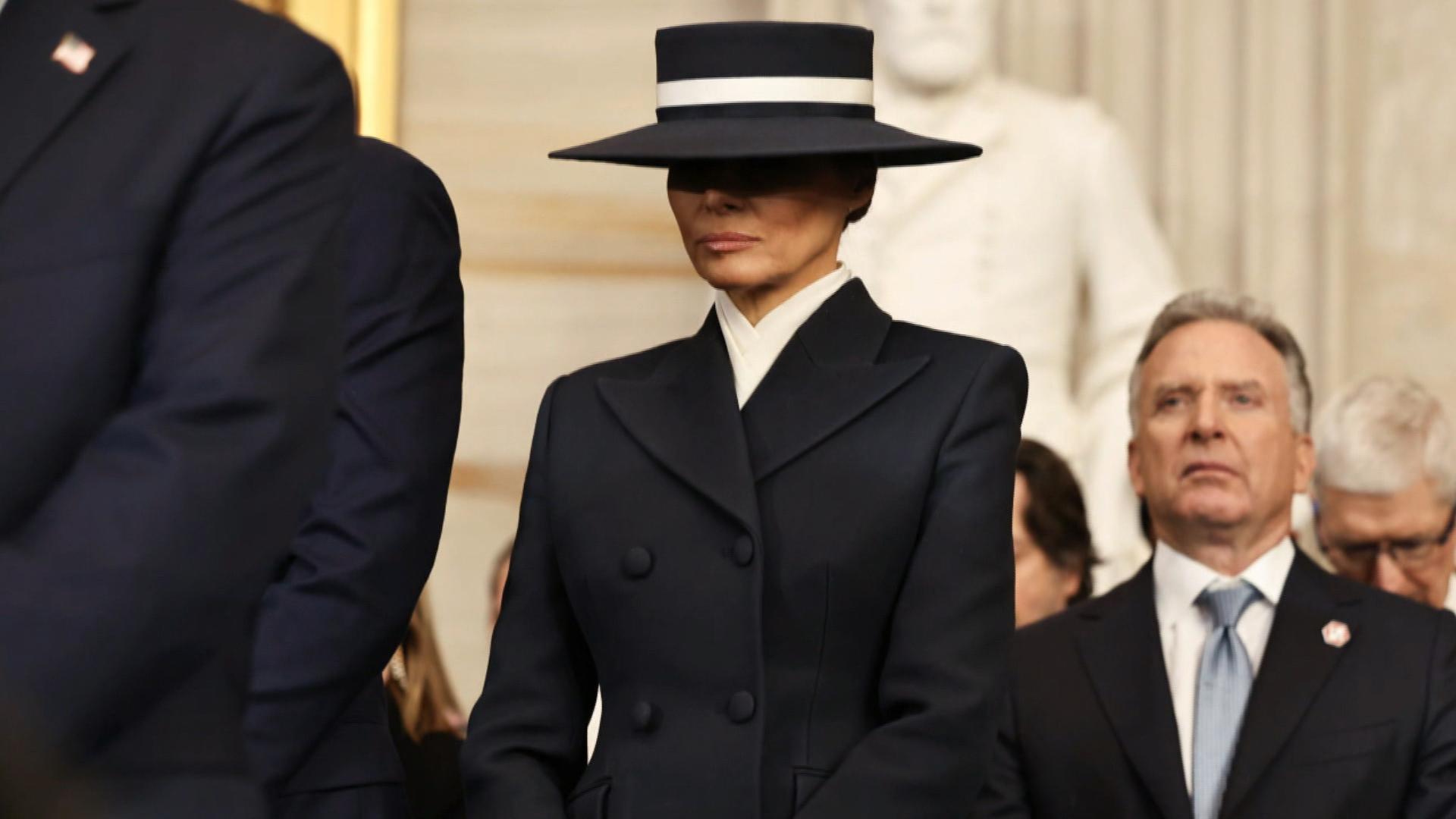
Early Life and Entry into Modeling
Melania Trump, born Melanija Knavs in Slovenia, began her modeling journey as a teenager. Her striking looks and disciplined work ethic quickly set her apart. By her late teens, she was already appearing in local campaigns before moving on to bigger opportunities in Milan and Paris.
The European fashion capitals provided the foundation for Melania Trump’s modeling career, where she worked with established photographers and fashion houses. Her move to New York City in the mid-1990s marked a turning point, bringing her closer to global recognition and ultimately introducing her to businessman Donald Trump.
Breakthrough in Fashion
In New York, Melania signed with prominent modeling agencies and began landing features in respected magazines. She appeared in Harper’s Bazaar, Vogue, and eventually graced the cover of GQ magazine in 2000.
That GQ shoot remains one of the most talked-about moments in Melania Trump’s modeling career. The cover, photographed in a luxury setting, became both a symbol of her success and a recurring subject in media discussions about her past. Years later, the cover would again attract attention — including from her husband, who reportedly asked for a framed copy for his office.

Russian TV Brings Her Past Back Into Focus
After Donald Trump’s return to the White House in 2024, Russian state television aired the GQ cover and other images from her career. This came during a political segment, surprising viewers who had expected election analysis rather than fashion history.
The broadcast was highlighted by Russia Media Monitor, sparking global reactions online. For many, the decision to spotlight Melania Trump’s modeling career in a political program raised questions about media framing and the boundaries between personal history and public office.

Melania’s Defense of Her Work
Throughout her time in the public eye, Melania has openly defended her modeling career. In 2023, she released a video statement addressing those who criticized her past photoshoots. She stated:
“The human body has always been a subject for art. Fashion photography is simply one of the modern forms of that expression.”
Her words reinforced the idea that Melania Trump’s modeling career was rooted in professionalism and artistic expression, rather than controversy. For her, the work represented discipline, creativity, and independence — qualities that shaped her before she stepped into the role of First Lady.
Cultural Reactions and Media Ethics
The resurfacing of her modeling photos on Russian TV opened broader debates about cultural norms, ethics in media, and respect for personal histories. While some audiences saw the broadcast as an attempt at sensationalism, others noted it reflected how different countries portray political spouses.
In the United States, public reactions were mixed. Supporters praised her professionalism and resilience, emphasizing that Melania Trump’s modeling career was an achievement worth respecting. Critics, however, argued that such broadcasts blur the line between personal and political life, forcing public figures into unnecessary scrutiny.
A Glimpse into Her Memoir
Adding another layer to the discussion, Melania released her memoir in late 2024. The book provides intimate details about her early life, the challenges of building a career in fashion, and the transition into becoming a public figure alongside Donald Trump.
Within its pages, she highlights both struggles and triumphs from Melania Trump’s modeling career, including moments that tested her confidence and those that reinforced her independence. The memoir paints her as someone who embraced opportunities while staying true to her values — a perspective that helps humanize her beyond political labels.

The Intersection of Fashion and Politics
Melania Trump’s journey illustrates how fashion and politics often overlap. Her background in modeling gave her a strong sense of presentation, which later influenced her public image as First Lady. From wardrobe choices to official appearances, her style has been carefully observed and sometimes critiqued, showing how remnants of Melania Trump’s modeling career continue to shape her identity today.
ADS 2
Fashion historians often point out that her elegance and restraint in public appearances reflect her years in the fashion industry, where image and detail matter greatly.
Why Her Story Still Resonates
The renewed attention around Melania shows how personal history never fully disappears in the digital age. With every reelection, memoir release, or international broadcast, Melania Trump’s modeling career returns to public conversation.
Her story resonates because it combines two powerful narratives: one of a young woman pursuing her dream in the competitive world of fashion, and another of a First Lady navigating one of the world’s most demanding political roles. Together, they create a portrait of resilience and adaptability.
Conclusion
The resurgence of Melania Trump’s modeling career on Russian TV after Donald Trump’s reelection highlights how global media continues to revisit her past. What began as an ambitious career in fashion has become an enduring part of her identity, both celebrated and scrutinized on the world stage.
For Melania, the conversation around her career is not just about photographs or magazine covers. It is about independence, artistic expression, and the ongoing challenge of balancing a private past with the responsibilities of public life.
As debates continue, one fact remains clear: Melania Trump’s modeling career is inseparable from her journey and will continue to influence how the world views her in years to come.
David and Kate have been hoping to have children for three years. Then a miracle happened, and Kate found out she was having twins.
Luckily, the pregnancy went without a hitch and no problems arose. After Kate delivered birth, though, something unexpected occurred.
ADS 1
She gave birth to two gorgeous children, Jamie and Emily, two minutes later. Sadly, the doctor informed them that Jamie did not survive despite their best efforts to save him. The shocked parents were unable to accept this.
Kate and David wanted to cradle their kid in their arms, to keep his body warm. They found it impossible to accept that the physicians were helpless to save their kid. Kate made this decision and gave her husband the order to go get the kid. Twenty people were present, and they were all worried about what was happening.

The events that followed were truly remarkable! As Jamie was in his mother’s arms, he began to move and breathe more vigorously, demonstrating that he was trying to fight for his life despite having just been born. The doctors were taken aback, but they swiftly came together and decided to help the family. Doctors and Jamie’s parents worked together to save him, and they were successful!

Jamie is a very loved and content 7-year-old. He particularly likes to tell his friends that he was long dead and then came back to life. His new friends are probably curious to know what occurred!
Jamie’s mother claims that the doctor told her that her child wouldn’t live, but when she noticed that Jamie seemed to be having trouble breathing, she decided to pick him up and hold him to warm him up. She reasoned that warming him would be good for her kid because he was pretty cold.

She explained that she and her husband had been trying to conceive for years, so she couldn’t just give up on Jamie so easily. She and her husband took off their t-shirts to keep Jamie warm.
ADS 2
Kate is aware that the physicians might have dismissed the idea as absurd if they had thought the infant had already passed away with little prospect of survival. But, Kate’s decision was without a doubt the best one she had ever taken!

Kate allegedly noticed her child begin to breathe deeply at one point. When they realized Jamie had a good chance of recovering, he finally opened his eyes and began breathing. The parents are overjoyed that their children choose to believe in and follow their instincts.

When the twins, then five years old, first heard this tale, Emily sobbed as she realized how much her brother had to go through. The twins are happy to live together forever and have gotten along much better since then. They play together constantly.

This family tale encourages us to always act in accordance with our moral convictions. It is important to try, even if we occasionally fail so that we won’t look back and wish we had done more in a particular situation.
«Is this really her?!» — this is the question that has been circulating on social media after new photos of Minka Kelly were released. The actress was photographed with such a changed appearance that even the most loyal fans hardly recognized her.
And although she is considered one of the most beautiful women in the world, many people have now noticed her again — and not only because of her appearance, but also because of her impressive life story!
ADS 1

Hollywood dream story Minka Kelly is not «just a pretty face» — she is a real inspiration. The life of the actress born in Los Angeles did not start easily at all: her mother worked as an exotic dancer, while her father, Rick Dufay, toured the world as a guitarist for Aerosmith.
However, this strange background was not an obstacle, but a springboard for Kelly: she started as a model, and then gradually broke into the world of cinema.

The series that changed everythingAnyone who has ever seen her in the role of Lyla Garrity in the series Friday Night Lights knows why she immediately became an audience favorite.
The character she portrayed was not only beautiful, but also sensitive, vulnerable and authentic — in this role, Minka first really showed that she was not only beautiful, but also exceptionally talented.

From the big screen to action seriesThe actress did not stop after a single success: we could see her in the films 500 Days of Summer, The Roommate, or The Expendables, but she also made a big impact on television.
ADS 2
Series such as Parenthood, Almost Human or Titans have all proven that Minka can authentically portray any character — whether it is a sensitive mother, a futuristic detective or a role set in a superhero world.

Beauty on the inside: charity and courageMinka Kelly is respected by many not only on the screen, but also in real life. She doesn’t shy away from standing up for others: she actively supports the fight against human trafficking and is a participant in numerous charity programs. In one of her interviews, she said: «My fame is only worth something if I use it for something.» — and she does.
Private life? Just be careful… While everyone in Hollywood is talking about the latest scandals, Minka continues to try to keep her private life private. Little is leaked about her, and it is this mystery that increases the interest in her even more. Now that she is almost unrecognizable in her latest photos, many have clicked on her name again to find out: What could have happened to her?

Changing, but always shiningMinka Kelly’s new look surprised the world — but if you think about it, this is just another chapter in the life of a woman who has never been afraid to reinvent herself. And if there’s one thing we can learn from her, it’s this: it’s not beauty that makes someone special, but how they treat the world — and themselves.
Would you have recognized her at first glance? Write it in the comments and check out the latest photos in the comments!
Jamie Lee Curtis has been a Hollywood fixture for decades, renowned not only for her acting talent but also for her uncanny ability to reinvent herself.
Her breakthrough came in 1978 with her iconic role as Laurie Strode in Halloween, becoming one of the pioneers of the modern slasher genre and earning her the nickname “The Scream Queen.” She made it clear from the start that she was more than just a “horror actress,” easily switching between comedy, drama, and other genres.
ADS 1
As the daughter of two film legends, Tony Curtis and Janet Leigh, it seemed almost fateful that she would follow in her parents’ footsteps, but she consciously chose her own path.
After starting out in horror films, she naturally turned to comedy, starring in classics like The Joker (1983) and Wanda (1988). His humor, courage, and charisma have quickly made him one of the most versatile stars in the world.
One of the secrets to his long career is his honesty. Jamie has never hidden his personal struggles, including his battle with addiction and recovery. He has been an outspoken advocate for mental health and sobriety, while also finding success as a children’s author and a vocal advocate for social causes, including children’s health and equal rights.
In recent years, his career has taken a new turn. He returned to the genre that started him with the recent Halloween films, and then earned critical acclaim for the multi-award-winning film Everything, Everywhere, Always (2022).

For her portrayal of tax inspector Deirdre Beaubeirdre, she won the 2023 Academy Award for Best Supporting Actress—a fitting reward for decades of dedicated work.
Jamie Lee Curtis is now much more than a celebrated actress: she is a symbol of perseverance, self-renewal, and authenticity. From horror queen to comedy star to Oscar-winning actress, she has broken genre barriers without ever losing herself in the process.
With a career spanning nearly fifty years, she remains one of the most beloved and respected figures in film.

Jamie Lee Curtis’ 14 Most Memorable Roles—From Horror to Comedy
Since her role as Lauri in Halloween (1978), she has proven herself in countless genres—from action to romance to animated dubbing. Here are 14 notable roles from her career:
Elizabeth Solley – The Mist (1980) In John Carpenter’s mystical horror, she plays a rebellious hitchhiker who becomes involved in the mystery of a century-old shipwreck.
Megan Turner – Blue Steel (1990) Kathryn Bigelow’s action thriller, where Curtis plays a rookie cop who faces off against a serial killer.
Maggie Green – Nicholas’ Gift (1998) A drama based on a true story about a mother who donates her son’s organs after a tragedy. It earned her an Emmy nomination.

Jessie – Perfect (1985) An aerobics instructor who gets into a complicated relationship with a journalist (John Travolta).
Hannah Miller – Anything But Love (1989–1992) A romantic sitcom for which she won a Golden Globe.
ADS 2
Wanda Gershwitz – Wanda (1988)Jewel-heist comedy for which she received a Golden Globe nomination.
Linda Drysdale – Trapped (2019)Cynical, outspoken sister in a great crime comedy.

Donna Berzatto – Teddy Bear (2023)One of the most shocking TV guest roles of the year, an Emmy-winning performance right after the Oscar.
Helen Tasker – Between Two Fires (1994)James Cameron’s action comedy, where she goes from housewife to action hero – Golden Globe-winning role.

Ophelia – Her Replacement (1983)Comedy with Eddie Murphy and Dan Aykroyd, BAFTA-winning performance.
Deirdre Beaubeirdre – Everything, Everywhere, Always (2022)Oscar-winning supporting role in a weird, multi-dimensional comedy-drama.
Tess Coleman – I Can’t Stand You (2003) A Disney comedy about a body swapping with Lindsay Lohan, in which Curtis plays a mother who takes on the role of a teenage girl in a hilarious way.

Laurie Strode – Halloween franchise (1978–2022) The iconic horror heroine who established her career, and whom she played for over four decades.
Jamie Lee Curtis is still living proof that an actor can be both a genre icon and a versatile character. Whether it’s screaming, laughing or crying, she’s authentic in all of them.
Terence Hill, born Mario Girotti in Venice, Italy, is an Italian actor, director, and screenwriter best known for his roles in spaghetti westerns and action-comedy films. Rising to international fame in the late 1960s and 1970s, he became a household name through his legendary on-screen partnership with Bud Spencer. Together, they starred in classics like They Call Me Trinity (1970) and Trinity Is Still My Name (1971), which are still beloved by fans worldwide for their unique mix of humor and action.
ADS 1
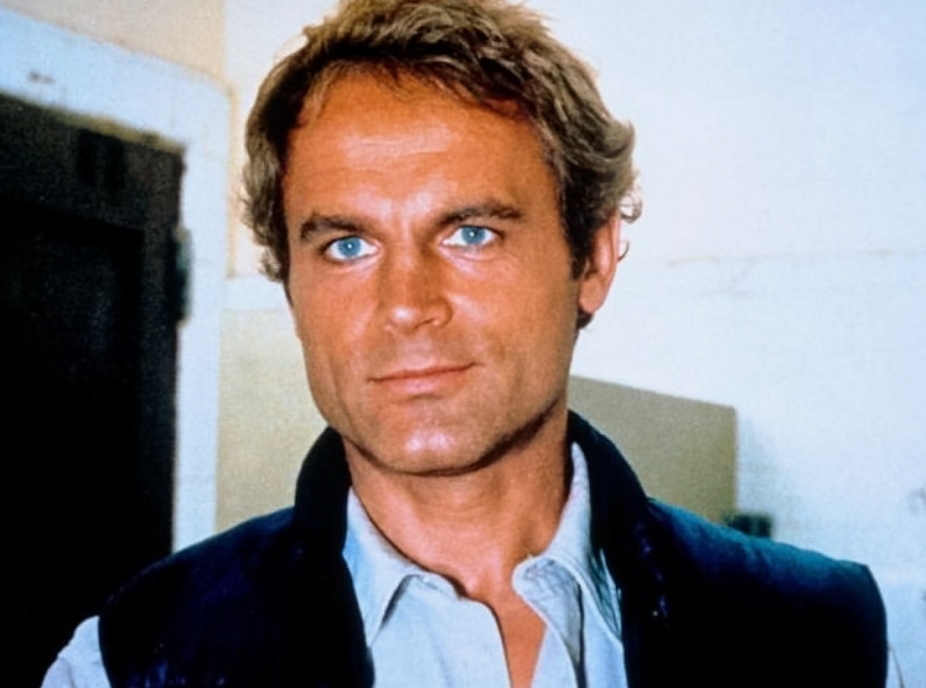
Off-screen, Terence Hill has enjoyed a long and stable marriage to Lori Zwicklbauer, an American of Bavarian origin. The two met in 1967 on the set of God Forgives… I Don’t! and married just a few years later.
Lori has stood by his side throughout his career, offering unwavering support as Hill balanced the demands of international stardom with his personal life. Their marriage is considered one of the most enduring in the film industry, lasting for more than five decades.

Together, Terence and Lori built a family grounded in love and resilience. They had two sons, Jess and Ross. Tragically, Ross died in a car accident in 1990 at the age of 16, a devastating loss that deeply affected the family.
ADS 2
Despite this hardship, Terence and Lori leaned on each other for strength and continued to honor Ross’s memory while raising their older son, Jess. The bond they share has been a cornerstone of their ability to endure both the highs and lows of life.
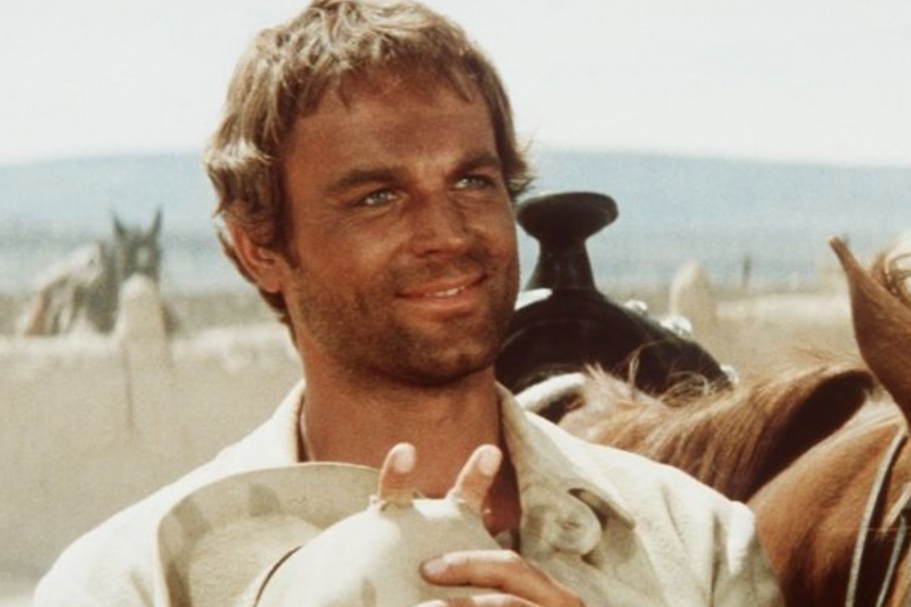
Lori Zwicklbauer has largely stayed out of the public eye, preferring a private life away from the spotlight. Nonetheless, she has played an essential role in Hill’s success, accompanying him during his career moves and transitions, including his shift from international cinema to Italian television, where he starred in the long-running and beloved series Don Matteo. Her presence has provided stability, allowing Hill to pursue his creative passions without losing sight of family values.

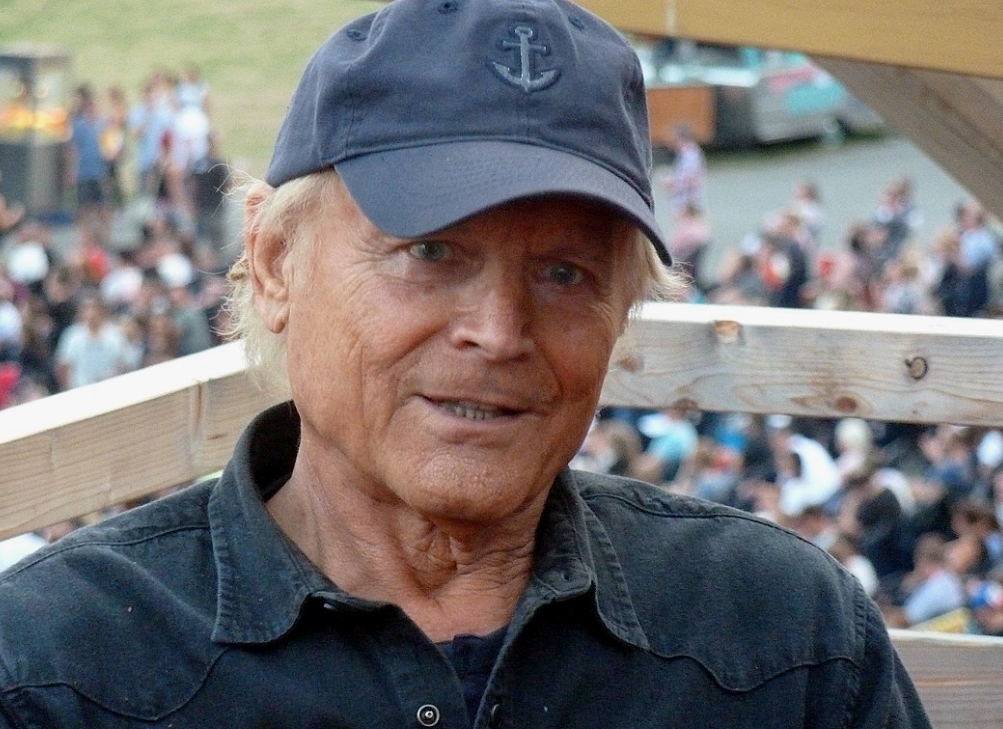
Today, Terence Hill and his wife are admired not just for their lasting marriage but also for the example they set of loyalty, resilience, and partnership. While Hill remains an icon of European cinema, his personal life with Lori reflects a story of love that has endured for decades. Their journey together, filled with both joy and sorrow, stands as a reminder that behind every great star, there can be a strong and supportive partner who helps them shine even brighter.
 The ward was shrouded in a somber silence, broken only by the rhythmic beeping of medical machines and the dim, flickering light of a solitary lamp casting long shadows on the walls.
The ward was shrouded in a somber silence, broken only by the rhythmic beeping of medical machines and the dim, flickering light of a solitary lamp casting long shadows on the walls.
For nearly three months, she had been a prisoner of her own body, lying motionless and unresponsive in the hospital bed. Her husband, a constant presence by her side, had transformed the sterile room into a sanctuary of love and hope.
ADS 1
Every day, he held her hand, laid his head beside hers on the pillow, and whispered words of encouragement and devotion, painting a picture of unwavering commitment to all who witnessed his vigilance.
But that morning, the doctors gathered to deliver the news he had been dreading. Her body was losing the fight; there was no longer any hope of recovery. A decision had to be made about whether to continue life support.
The weight of those words crashed over him like a tidal wave, and he broke down, his sobs echoing in the quiet room. To the staff and other patients, he appeared as a man whose soul was unraveling, every fiber of his being pleading for more time, for a miracle that seemed increasingly elusive.
In a compassionate gesture, the doctors granted his request to say a final goodbye. The room, already intimate and small, seemed to shrink further as he sat down, clutching her hand with a desperate tenderness.
Her skin was cold, her fingers limp, and yet he held on as though he could somehow transfer his warmth, his life, into her still form. He leaned in, pressing a gentle kiss to her forehead, a ritual he had repeated countless times over the past months.
ADS 2
But this time, his whispered words carried a weight they hadn’t before. He murmured something unexpected, something that would have shocked anyone who heard. He didn’t know that just outside the room, a shadow lurked, silently observing, ears straining to catch every word. The night-shift nurse, who had grown used to his daily visits and loving whispers, was startled by the change in his demeanor, her curiosity piqued.
She leaned against the door, holding her breath, trying to make sense of the scene unfolding before her. His words, though soft, carried a sinister undertone. Was it a confession, a revelation, a secret long buried? Whatever it was, it seemed to jolt him with an energy that stood in stark contrast to his earlier despair. His eyes, red and puffy from crying, now glinted with an intensity that was both heartbreaking and terrifying.
What could he have possibly said in that moment of raw vulnerability that seemed so horrifying? The nurse couldn’t decipher his exact words, but the look on his face as he pulled back, the mix of anguish and something else—something darker—left her uneasy.
In the days that followed, the whisper continued to haunt the ward like a ghost, leaving those who had known the couple speculating and whispering themselves. Was it a final plea for forgiveness, a declaration of guilt, or merely a husband’s last attempt to connect on some profound level before letting go? The truth, obscured by the barriers between the living and the comatose, remained an enigma, sealed in that room where love and mystery intertwined in their final, haunting dance.
 Inside the pillow, nestled amidst the worn stuffing, was a small, intricately carved wooden box. My hands trembled as I pulled it out. How had I not noticed this before? The box was polished to a shine, its surface smooth despite a few nicks and scratches that spoke of age and use. It was locked with a tiny brass latch, which opened easily with a gentle push.
Inside the pillow, nestled amidst the worn stuffing, was a small, intricately carved wooden box. My hands trembled as I pulled it out. How had I not noticed this before? The box was polished to a shine, its surface smooth despite a few nicks and scratches that spoke of age and use. It was locked with a tiny brass latch, which opened easily with a gentle push.
ADS 1
Curiosity getting the better of me, I opened the box. Inside, I discovered a collection of yellowed, folded letters tied with a faded red ribbon. Each envelope was addressed to me, dated before our marriage, during the time when Héctor and I were just two young souls who thought they had found love.
My heart ached as I realized these were the love letters we had exchanged, back when every word seemed like a promise of forever. I gently took one out and unfolded it, the familiar handwriting bringing back memories. The words were filled with so much hope and dreams—dreams of traveling the world, of building a life together, of always being there for each other. I read through tears, each letter a reminder of the love that once burned brightly between us.
And beneath these letters, at the bottom of the box, was something else—a small, velvet pouch. Inside, to my astonishment, was the necklace that Héctor had given me on our first anniversary. I thought I had lost it years ago, and yet here it was, the tiny sapphire pendant gleaming faintly in the dim light of my room.
I sat back, overwhelmed by the surge of emotions. Why had Héctor kept these? Why hide them away in a pillow, only to jest about it on our final day as husband and wife? It was a mystery I couldn’t quite unravel. But maybe, just maybe, these items were a reminder to him too—a symbol of a time when love was simple and uncomplicated, before life chipped away at what we had.
ADS 2
The contents of that old pillow, the unexpected treasure trove of memories, made me reflect deeply. Perhaps Héctor wasn’t as indifferent as he seemed. Perhaps, in his own way, he too was clinging to a past that had long since disappeared, hidden beneath layers of resentment and unspoken words.
As I sat there with tears drying on my cheeks, I knew it was time to let go. Not just of the pain and disappointment, but of the regrets that I had carried with me. I carefully placed the letters and necklace back in the box, closed the lid, and set it on the small table beside my bed.
That night, as I lay my head on the now-empty pillow, I felt a strange sense of peace. The weight of the past had been lifted, and in its place, I felt a flicker of hope for the future. I knew the road ahead would be challenging, but I was determined to make my way through it, to find my own path and happiness.
And so, with the dawn of a new day seeping through the curtains, I closed my eyes, allowing myself to dream again—dreams of a life rebuilt, of new beginnings, and of finally finding peace within myself.
Former President Barack Obama opened up about his marriage amid divorce rumors. Speaking to students at Hamilton College on Thursday, he said wittily that he’s working to recover from a “deep deficit” in his marriage to Michelle.
“I was in a deep deficit with my wife,” he said. “So I have been trying to dig myself out of that hole by doing occasionally fun things.”
The Obamas have been in the news lately with rumors about their union.
ADS 1
The buzz around their separation spread so far that some media outlets claimed Barack Obama was dating Friends‘ star Jennifer Aniston. The actress, however, denied the rumors during an appearance on Jimmy Kimmel Live, saying she has only met the former president once.
Previously, Barack Obama hinted about how his presidency affected his relationship to his wife.
“Let me just say this: It sure helps to be out of the White House and to have a little more time with her,” he said in an interview on CBS Mornings in 2023.
Michelle has also opened up about the rumors. Speaking on her podcast, IMO, which she co-hosts with her brother Craig Robinson, the former first lady said, “Barack, you know, he had to adjust to what ‘on time’ was for me.”
She explained that her husband would start getting ready at the time they were supposed to be leaving.
“You know, I’ve got this husband who’s like, when it’s time to leave, it’s 3, he’s getting up and going to the bathroom,” she added.
“And I was like, dude, dude, a 3 o’clock departure means you’ve done all that, you know? It’s like, don’t start looking for your glasses, you know, at the 3 o’clock departure.”
ADS 2
Michelle also opened up about her life after her daughters have moved out.
“[Life] is whatever I want, Sophia, It’s whatever I want,” she said, adding that life of an “empty nester” is liberating.
“It’s the first time in my life all of my choices are for me,” she said on Sophia Bush’s podcast, Work in Progress.
It was her decisions not to attend Trump’s inauguration and Jimmy Carter’s funeral that triggered the speculations in the first place.
“That’s the thing that we as women, I think… we struggle with disappointing people. I mean, so much so, that this year people were… they couldn’t even fathom that I was making a choice for myself that they had to assume that my husband and I are divorcing,” she explained.
On July 4, 2025, President Donald Trump signed the One Big Beautiful Bill Act (OBBB) into law. Under OBBB, tax reductions worth trillions that were scheduled to expire in 2025 will now remain in place permanently. It also adds new breaks, including tax-free overtime pay and an extra deduction for seniors. According to the Congressional Budget Office, the measure is expected to raise federal deficits by $3.4 trillion over the next decade.
The No Tax on Tips Act, a provision under OBBB that will allow tipped workers to deduct up to $25,000 from their taxable income, has been passed by the US Senate.
This is expected to provide direct financial relief to millions of Americans who are part of the service industry.
 The room was filled with an uncomfortable silence, save for the soft rustling of whispered disbelief among the guests. My heart, though heavy, was resolute. This was the unexpected crescendo to a symphony of lies, but it was time to conduct the finale.
The room was filled with an uncomfortable silence, save for the soft rustling of whispered disbelief among the guests. My heart, though heavy, was resolute. This was the unexpected crescendo to a symphony of lies, but it was time to conduct the finale.
Karen remained on the floor, her tear-streaked face a mask of betrayal and fear. Her bravado had crumbled, and now she was just a scared girl caught in her own web. I wanted to feel sympathy, but all I could muster was a detached curiosity about this stranger I thought I knew.
ADS 1
Colton, still clutching my hand, was now trembling. “Anna, I—” he began, his voice a rasp.
“Save it,” I interrupted, my voice steady and unyielding. “You made your choices, and so did I.”
I turned to the guests, many of whom had traveled from across the country to witness what was supposed to be a joyful union. “I apologize for the drama,” I said. “But I believe transparency is important, even on a day like this.”
The minister, who had been standing awkwardly to the side, stepped forward, unsure of how to proceed. “Anna, what would you like to do?” he asked gently.
I took a deep breath, feeling the weight of the decision settle into my bones. This was my moment of truth, my liberation from a future not worthy of my dreams. “I believe,” I said slowly, “that this wedding is canceled. But there is still a celebration to be had.”
ADS 2
Gasps turned into murmurs of confusion, but there were also nods of understanding. Life was unpredictable, messy, and sometimes it handed you a raw deal. But it was also about how you chose to respond, and I was choosing to celebrate my freedom.
With a decisive nod, I turned to face the guests. “The reception is still on,” I announced, a smile gracing my lips. “Let’s eat, drink, and make merry, because tomorrow is another day, and today is the first day of my new life.”
The tension in the air began to dissipate as the guests started to process this unexpected turn of events. Some looked at me with admiration, others with pity, but I didn’t care. This was my stand, my choice to turn betrayal into empowerment.
I gave one last look at Colton and Karen, their faces etched in disbelief and regret. I turned away, my veil trailing behind me as I walked down the aisle, each step lighter than the last. Behind me, the organ began to play a new tune, one of resilience and hope.
As I emerged into the sunlight, a gentle breeze kissed my skin, carrying away the remnants of what once was. This was not the day I had planned, but it had become something more—a testament to strength, to truth, and to the power of letting go. And as I stepped forward into the embrace of friends and family who truly mattered, I knew I was ready to write the next chapter of my life.
 Fact Stream Daily
Fact Stream Daily

